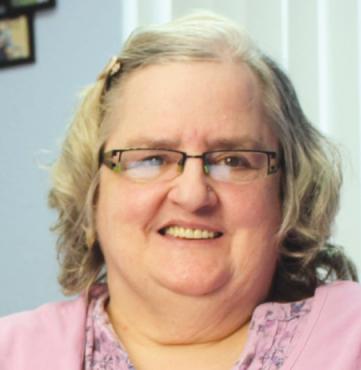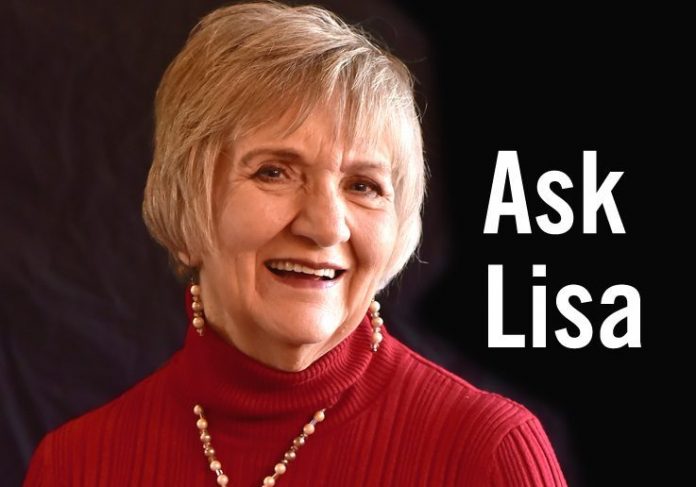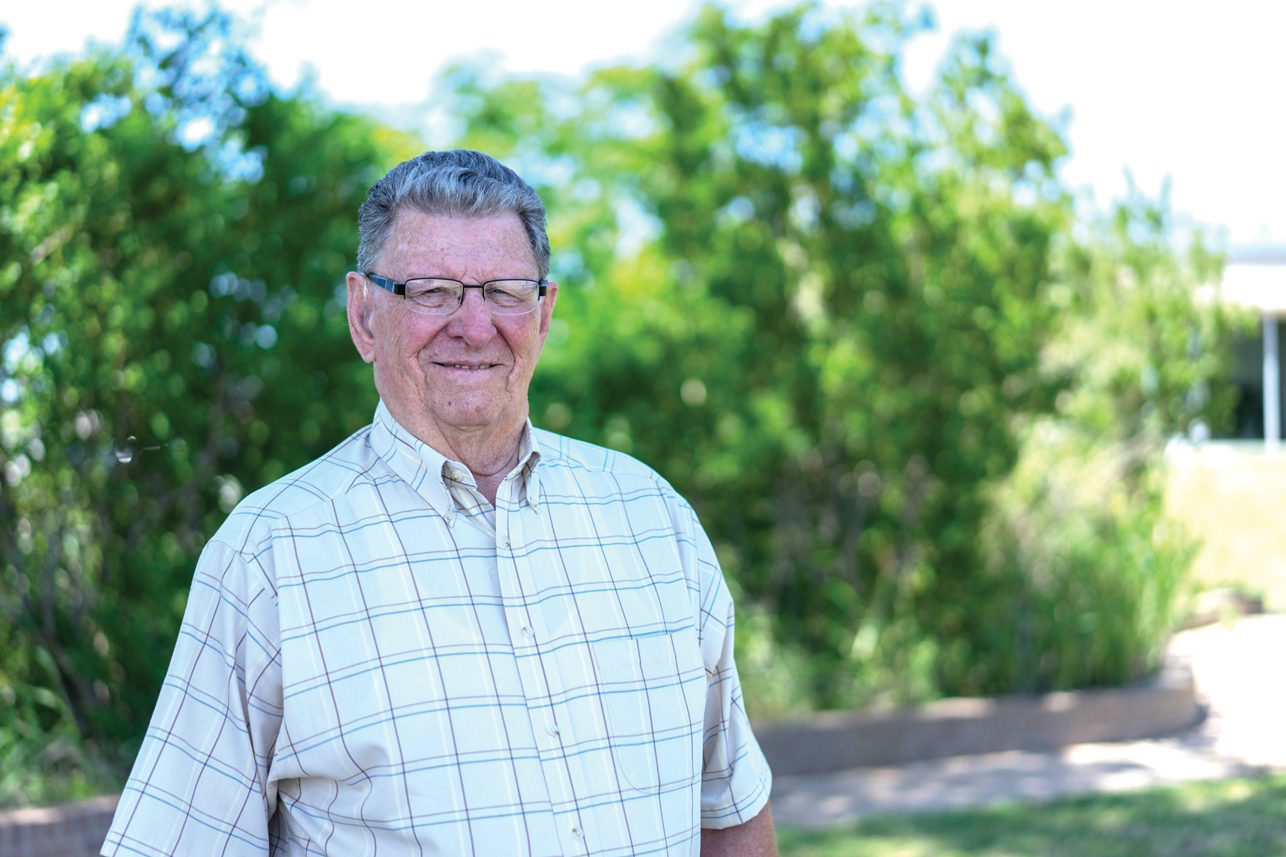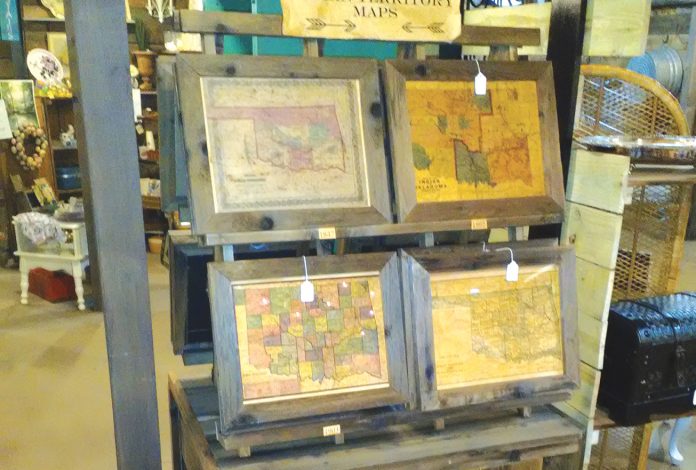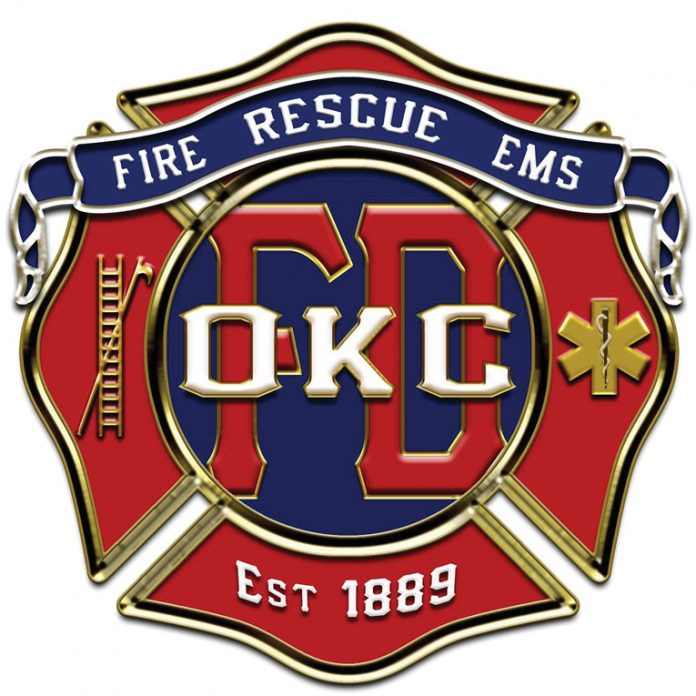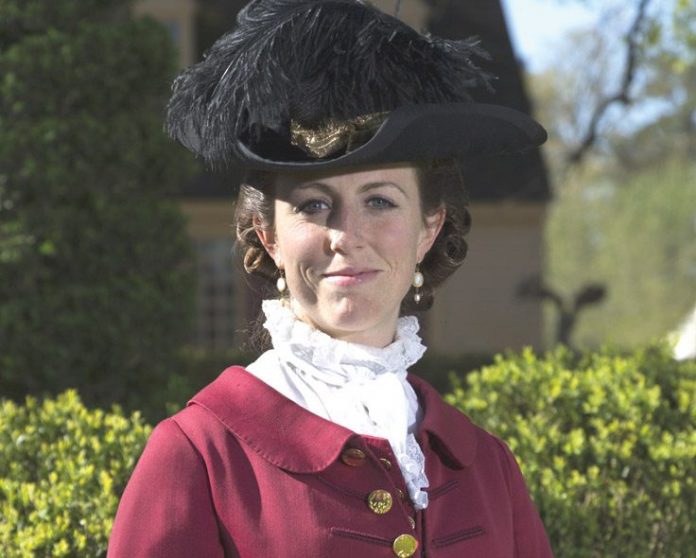By Darlene Franklin
“Why should I be afraid?” Israel’s greatest warrior king, David, asked in Psalm 27.
These past few months, I could have given him a few reasons from the “disease that stalks you in darkness” (Psalm 91:6, NLT) category. It started with a pulmonary embolism that could have taken my life and progressed to a succession of less threatening but still uncomfortable and debilitating ailments, most recently the need for cataract surgery.
Given my propensity to anxiety, I decided to proactively arm myself with encouragements not to give in to fear. When I opened my Bible, I discovered that every time it tells me to not be afraid, it also gives a reason.
If often also gives additional instruments. “Just” do this instead. As I adjust my attitude, my fear level drops.
“Just stand still and watch the Lord rescue you today.” (Exodus 14:13 NLT bold face mine and also in the paragraphs below)
In the words of the Desiderata by Max Ehrmann, “No doubt the universe is unfolding exactly as it should.” Given time, most issues will resolve themselves.
Yes, there are times I’m supposed to get to work or even go on the offensive. But I start by standing still. I’m not in control, and why do I want to be? God is so much more powerful than I am on every level.
“The Lord himself will fight for you. Just stay calm.” (Exodus 14:14 NLT) The phrase “stay calm” follows on the heels of “standing still” in the Bible, suggests the two work hand in hand. “Stand” involves physical action, to maintain an upright position while on one’s feet, without wavering. In this case, “stay” works more like “to be.” I can stand still because I am calm.
“Still” implies calm. I am undisturbed by outside forces, not showing or even feeling strong emotion, e.g., fear.
“Just open your eyes and see how the wicked are punished.” (Psalm 91:8 NLT.)
Take a look at the larger picture. When the doctor told me, I had blood clots in my lungs—not one but two—I was unaware that that I had already passed the first test to survival. I hadn’t died in a heart attack as soon as they developed.
Recently, I spent eight hours in emergency room because of chest pain which turned out to be nothing worse than gastric difficulties. Over the long hours I spent watching the ER fill, empty, and fill again with new patients, I opened my eyes to those in much worse shape than me. I could afford to wait while newborn babies sick from pneumonia cried feebly and accident victims hovered on the brink of life and death.
“Just remember what the Lord your God did.” (Deuteronomy 7:18-21 NLT)
Remember the past. Was I frightened the last time I went through a similar experience? When the doctor warned me that the surgery was very serious, implying “and you could die.” Of course! I was afraid, but at peace—and I survived.
The more often something like that happens, the easier it becomes to remember God’s in control. Whether I live or die, I can trust him. The heart and mind connect what I’m learning from my Bible study and what’s happening in my life more clearly. Past experience increases my confidence that God has a purpose behind the current trial that’s tempting me to fear.
“Just have faith.” (Mark 5:36 NLT)
This guideline feels obvious—except the person who was told to have faith had every reason to doubt. Jairus, a leader in his synagogue, had come to Jesus when his daughter was deathly ill. Before they reached the house, he received word that his child had died.
Jesus’ response to the news? “Just have faith.” Minutes later He raised the girl from the dead. But if I had been Jairus in that moment, I would have felt like screaming, “I had faith. I came to you.” Undercurrent: You failed me.
Jesus encouraged Jairus to continue in the same faith he’d started out with. To trust God even in his bleakest moment. And sometimes I’ll be called on to trust in the face of massive disappointment, impossibility, and personal pain.
The next time fear comes knocking at the door, let’s remember these five principles so we can face those challenges with courage. God is on our side, and He’s always more powerful than what’s happening.


